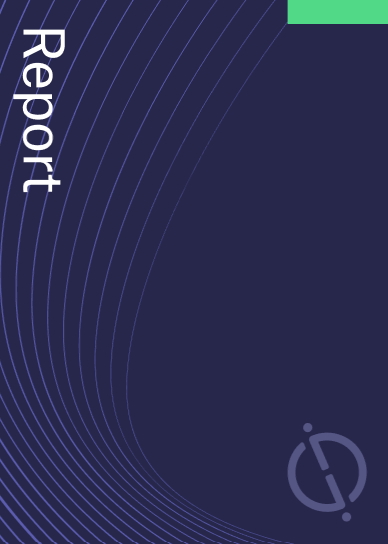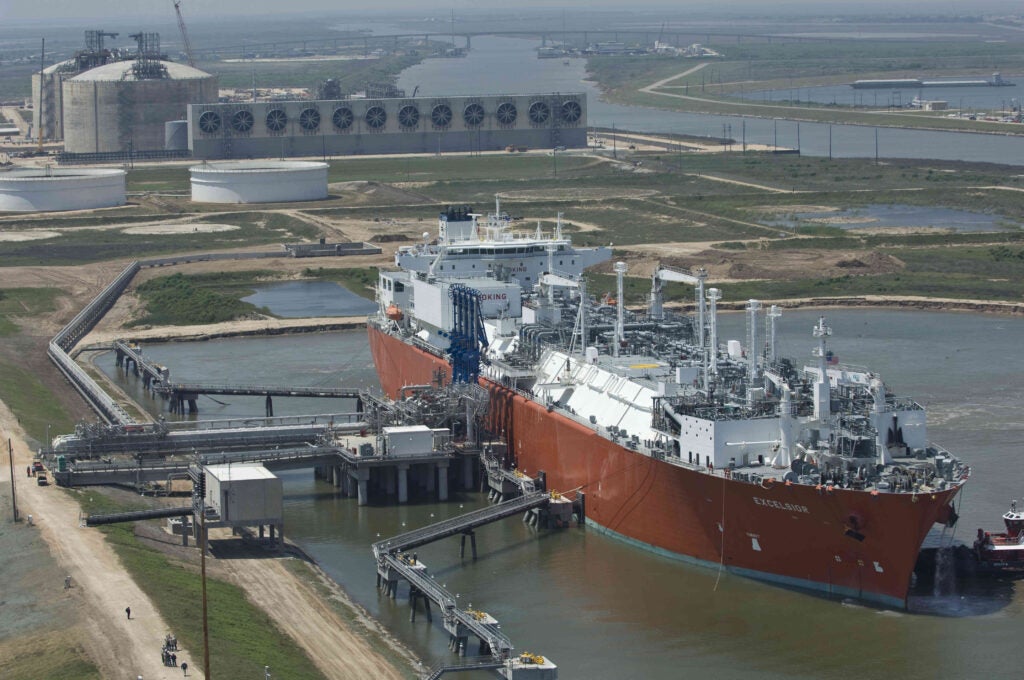Halliburton. has filed a patent for a data clustering process to interpret formation data for well placement models. The process involves generating a facies cluster model using unsupervised computer learning techniques to assess stratigraphy and borehole position. The method aims to improve well operations in subterranean formations. GlobalData’s report on Halliburton gives a 360-degree view of the company including its patenting strategy. Buy the report here.
According to GlobalData’s company profile on Halliburton, Oil well fracking was a key innovation area identified from patents. Halliburton's grant share as of January 2024 was 52%. Grant share is based on the ratio of number of grants to total number of patents.
Interpreting formation data for well placement using data clustering
See Also:
The patent application (Publication Number: US20240035366A1) describes a method for performing a well operation associated with a wellbore in a subterranean formation. The method involves obtaining target well data, generating a facies cluster model using a clustering process on the data, and then using this model to perform the well operation. The clustering process utilizes machine learning algorithms such as Self-Organizing Maps, Generative adversarial networks, or K-nearest neighbors. The well operation, which can include drilling the wellbore, involves steering a drill bit based on the facies cluster model, with the option for automatic steering. Additionally, the method allows for real-time execution and visualization of the facies cluster model, as well as the modification of a well plan based on the model.
Furthermore, the patent application also includes an automated directional drilling system and a computer program product that implement the method described above. The system comprises processors that generate the facies cluster model for a high angle or horizontal wellbore and steer the drill bit using this model. The system utilizes unsupervised clustering algorithms and can provide a visual representation of the facies cluster model. The computer program product, stored on a non-transitory computer-readable medium, directs the operation of processors to automatically generate the facies cluster model and guide the well operation in real-time. Overall, the patent application introduces innovative techniques for optimizing well operations in subterranean formations, particularly in high angle or horizontal wellbores, by leveraging machine learning algorithms and real-time data processing.
To know more about GlobalData’s detailed insights on Halliburton, buy the report here.
Premium Insights
From

The gold standard of business intelligence.
Blending expert knowledge with cutting-edge technology, GlobalData’s unrivalled proprietary data will enable you to decode what’s happening in your market. You can make better informed decisions and gain a future-proof advantage over your competitors.






